Viral exanthem rashes, a type of widespread rash associated with viral infections, are often accompanied by systemic symptoms like fever, malaise (feeling of general unwellness), headache, and respiratory symptoms. The appearance of a viral exanthem rash can be alarming, but in most cases, these rashes resolve without complication as the viral infection goes away. In this article, we cover the most common types of viral rashes seen in children (and some look-alikes), their associated viruses, and natural remedies to provide comfort while the skin is healing. We also mention when it is important to see a doctor.
Common Viruses Associated With Exanthem Rashes In Kids
Rashes are a common manifestation of many viral infections, especially in children. Signs that a rash is associated with a virus include a general feeling of overall unwellness, tiredness, fever, and sometimes respiratory symptoms or headaches.
Nonspecific viral rashes can be caused by respiratory viruses like Covid-19 (coronavirus), RSV (respiratory syncytial virus), adenovirus, influenza virus, and parainfluenza virus. Other viruses that can cause a rash include hepatitis, human immunodeficiency virus (HIV), and mononucleosis (Epstein-Barr virus) (1).
Certain viruses create a very specific looking rash. These include chickenpox (varicella-zoster); hand, foot, and mouth disease (coxsackievirus A16 or enterovirus 71); measles – aka rubeola (morbillivirus); roseola (human herpesvirus 6 or 7); rubella – aka German measles (rubella virus); and erythema infectiosum – aka slapped cheek disease or fifth disease (parvovirus B19) (1,2).
Appearance Of Various Viral Exanthem Rashes In Children
Nonspecific Viral Rash Associated With Respiratory Infection
Nonspecific viral rashes associated with respiratory infection may occur in people of any age but are much more common in children.
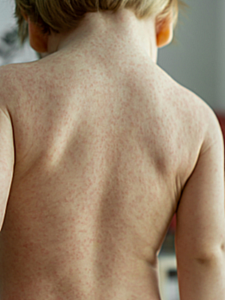 This rash is typically full body and may have both raised and flat spots. It can appear red, pink, purplish, or brown depending on the underlying skin tone and can be more difficult to see on darker skin. Nonspecific viral rashes often start at the head and spread downward. These rashes generally go away within a week or less as the body recovers from the virus (1).
This rash is typically full body and may have both raised and flat spots. It can appear red, pink, purplish, or brown depending on the underlying skin tone and can be more difficult to see on darker skin. Nonspecific viral rashes often start at the head and spread downward. These rashes generally go away within a week or less as the body recovers from the virus (1).
Gianotti-Crosti Syndrome
Also known as papular acrodermatitis of childhood, Gianotti-Crosti Syndrome is a skin-colored bumpy rash. It affects the face, arms, legs, and buttocks. This rash isn’t harmful and will go away on its own after 8 weeks, but its appearance can be alarming if you don’t know what you’re looking at. The rash usually appears after, or alongside, a viral or bacterial infection but can appear after vaccination as well. Viruses that Gianotti-Crosti Syndrome is associated with include rotavirus, mumps, respiratory syncytial virus (RSV), Epstein Barr virus, cytomegalovirus, coxsackie virus, and many others (5).
Virus Specific Exanthem Rashes
Some childhood illnesses cause characteristic rashes. In this section, I cover symptoms of chickenpox; hand, foot, and mouth disease; measles; roseola; rubella; and erythema infectiosum.
What Does Chickenpox Look Like?
Chickenpox used to be a common childhood condition, but it is now quite rare in the United States and other countries that have adopted its vaccine (6).
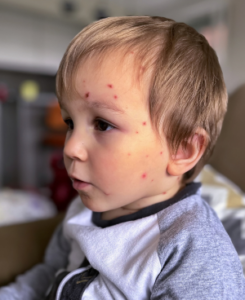 The characteristic chickenpox rash starts as a small bump that progresses into a fluid-filled blister. These bumps appear skin colored on darker skin and reddish on lighter skin. The blister eventually becomes indented in the middle and crusty.
The characteristic chickenpox rash starts as a small bump that progresses into a fluid-filled blister. These bumps appear skin colored on darker skin and reddish on lighter skin. The blister eventually becomes indented in the middle and crusty.
Fresh crops of bumps appear as older bumps are healing, which results in a rash that consists of red spots, bumps, blisters, and crusts that are simultaneously at various stages. The rash is quite itchy and takes 1-4 weeks to heal. Other symptoms may include fever, a general feeling of unwellness, and fatigue (1).
What Does Hand, Foot, and Mouth Disease Look Like?
Hand, Foot, and Mouth Disease (HFMD) is a common childhood condition that is extremely infectious and uncomfortable but rarely serious. HFMD rash is preceded by a fever and feeling of general unwellness. The rash itself starts out as flat spots that turn into painful blisters. These spots are grey, purple, or brown on darker skin and red on lighter skin. As the name suggests, HFMD rashes are usually found on the hands, feet, and inside the mouth and throat. However, other locations are possible. HFMD rash usually crusts over and heals within 7-10 days. Nail changes, including separation of the nails from the nail bed, may occur up to 8 weeks after the infection. Though this may look alarming, it is harmless, and the nail is expected to grow back (1,2).
Read more: An Integrative Approach To Hand-Foot-And-Mouth Disease Treatment
What Does Measles Look Like?
Measles is another vaccine preventable viral rash, which like chickenpox we rarely see in vaccinated countries such as the United States. However, with increasing outbreaks occurring as vaccine coverage decreases, it is wise to know what symptoms to look out for (7). Measles begins with the respiratory infection symptoms of fever, cough, runny nose, red eyes, and the feeling of being quite unwell. The rash consists of red, purple, or hyperpigmented spots and bumps that start at the head and move downward. As with other rashes, the underlying skin tone influences the color of the rash, with lighter skin tones having a reddish rash and darker skin tones having a darker purple or brown rash. The rash fades after five days in the same order that it appeared (1,2).
Read more: Measles Treatment – A Holistic Perspective
What Does Roseola Look Like?
Roseola is a viral rash that is most common in infants and toddlers. On lighter skin, roseola looks like measles. While the measles rash starts on the face, roseola starts on the trunk and is pink rather than red. The roseola rash is faint and hard to see on darker skin, but you can tell that there is a change in skin texture. Roseola has other symptoms as well, including high fever, possible febrile seizures, upper respiratory symptoms, and swollen lymph nodes. This rash fades in a couple of days (1).
What Does Rubella Look Like?
Rubella is another vaccine preventable viral condition that presents with a characteristic skin rash. Rubella is a mild infection in children, but if a pregnant woman is exposed to rubella, there is a risk that her infant may be born with congenital rubella syndrome. The rubella rash is pink with both raised and flat spots, and it begins on the face and spreads to the trunk. This rash can be hard to see on darker skin, but the skin may feel rough or bumpy. Swollen lymph nodes and sore joints are possible (1,8).
What Does Erythema Infectiosum Look Like?
Erythema infectiosum rash has three stages. First, it begins with bright red cheeks, which is why this condition is also called slapped-cheek disease.
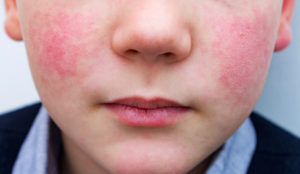 Next, a lacy looking rash appears on the arms and legs. Finally, the rash disappears, but it can reappear in the weeks following if exposed to sunlight, temperature change, or exercise. On darker skin, the redness may appear more subtle or purplish.
Next, a lacy looking rash appears on the arms and legs. Finally, the rash disappears, but it can reappear in the weeks following if exposed to sunlight, temperature change, or exercise. On darker skin, the redness may appear more subtle or purplish.
When adults get erythema infectiosum, they often have joint pain, which occurs occasionally in kids, too. This condition can cause complications for unborn babies, so if a pregnant woman is exposed to a child with erythema infectiosum, they should seek medical care immediately (1,9).
Viral Exanthem Rash Lookalikes
Other rashes may appear alongside viral illness symptoms and be mistaken for a viral exanthem. The most common of these are drug reaction rash, heat rash, and scarlet fever rash.
Viral Rash vs Drug Reaction
Nonspecific viral rashes may look like drug reactions, and it can be hard to tell them apart, especially if NSAIDs have been used to manage infection symptoms. Both nonspecific viral rashes and drug reaction rashes cause a widespread rash consisting of small flat or raised spots. Drug reactions occur 5-21 days after starting treatment and are more likely to be itchy. Drug reactions tend to spread haphazardly over the body, starting at the trunk, while viral rashes tend to start at the head and spread downward (3).
Heat Rash Following Fever
Also known as prickly heat, heat rash isn’t caused by a virus but is associated with viral infections.
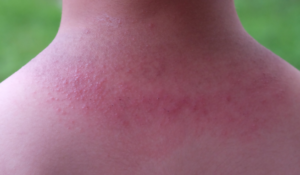 If there is a lot of sweating, heat rash can occur with fever as heat rash is caused by sweat trapped in the skin. It can happen at any age but is most common in babies and toddlers. There are four different types of heat rash, with milaria crystallina being the mildest and milaria profunda the most severe. The symptoms range from small blisters to large painful bumps (4).
If there is a lot of sweating, heat rash can occur with fever as heat rash is caused by sweat trapped in the skin. It can happen at any age but is most common in babies and toddlers. There are four different types of heat rash, with milaria crystallina being the mildest and milaria profunda the most severe. The symptoms range from small blisters to large painful bumps (4).
Read more: Natural Treatment Of Heat-Related Illnesses In Kids
Scarlet Fever
Also known as scarlatina, scarlet fever is a bright red rash that occurs alongside a streptococcus bacterial infection like strep throat or strep skin infection. Scarlet fever rash looks like a sunburn and the skin texture is rough like sandpaper. The red rash is harder to see on darker skin tones, but the rough texture is still present. The tongue is also bright red and bumpy and is called strawberry tongue. Usually, people with scarlet fever have a high fever, sore throat, headache, stomachache, and other signs of strep throat. Often the skin affected by the rash peels after the infection is gone. Scarlet fever should be treated with antibiotics to prevent further systemic complications (10).
Read more: Managing Strep Throat
Herbal Treatment
Viral rashes will resolve on their own without treatment. However, treatment may be desired to support the immune system and skin health while encouraging skin drainage.
 In addition to the usual supportive treatment for viral infection, there are some herbal teas that have traditionally been used to help the body clear a viral exanthem skin rash.
In addition to the usual supportive treatment for viral infection, there are some herbal teas that have traditionally been used to help the body clear a viral exanthem skin rash.
Diaphoretic herbs like elderflower, yarrow, boneset, and chamomile are often used in the early stages of eruptive rashes to promote sweating in order to regulate body temperature and release the rash-causing compounds through the skin.
Alterative and lymphatic herbs like red clover, calendula, cleavers, and burdock are often used after the fever has broken to support the body in removing rash causing compounds from the skin so they can be processed and eliminated.
These herbs are most often used in an herbal tea or bath to help with viral exanthem rashes, but they may be taken as glycerites or tinctures as well.
Epsom salt and bentonite baths can be helpful in drawing impurities out of the skin. Colloidal oatmeal baths can be helpful when itch accompanies the rash.
When To Call A Doctor
Most of the time, viral rashes are mild and resolve when the virus does. However, there are times when you should call a doctor about a suspected viral rash:
- Rash seems infected – it is painful, swollen, warm, or red
- Rash with red streaks and/or pus
- Child seems to be getting worse rather than recovering
- Child has a rash and fever
- New blisters or bruises appear
Summary
Viral exanthem rashes are common in childhood. These rashes range from a nonspecific mild rash associated with upper respiratory infections to more uncomfortable rashes like chickenpox. Treatment is generally supportive, and most children fully recover without complications.
References:
- Ting, S., & Nixon, R. (2021). Clinical features of viral exanthems. Australian journal of general practice, 50(4), 231–236. https://doi.org/10.31128/AJGP-02-20-5246
- Knöpfel, N., Noguera-Morel, L., Latour, I., & Torrelo, A. (2019). Viral exanthems in children: A great imitator. Clinics in dermatology, 37(3), 213–226. https://doi.org/10.1016/j.clindermatol.2019.01.009
- Khandpur S, Ahuja R. Drug-Induced vs. Viral Maculopapular Exanthem-Resolving the Dilemma. Dermatopathology (Basel). 2022 May 7;9(2):164-171. doi: 10.3390/dermatopathology9020021. PMID: 35645232; PMCID: PMC9149972.
- Guerra, K. C., Toncar, A., & Krishnamurthy, K. (2023). Miliaria. In StatPearls. StatPearls Publishing.
- Snowden J, Rice AS, O’Shea NE. Papular Acrodermatitis. [Updated 2023 Jul 10]. In: StatPearls [Internet]. Treasure Island (FL): StatPearls Publishing; 2023 Jan-. Available from: https://www.ncbi.nlm.nih.gov/books/NBK441825/
- Varela, F. H., Pinto, L. A., & Scotta, M. C. (2019). Global impact of varicella vaccination programs. Human vaccines & immunotherapeutics, 15(3), 645–657. https://doi.org/10.1080/21645515.2018.1546525
- Feemster, K. A., & Szipszky, C. (2020). Resurgence of measles in the United States: how did we get here?. Current opinion in pediatrics, 32(1), 139–144. https://doi.org/10.1097/MOP.0000000000000845
- Leung, A. K. C., Hon, K. L., & Leong, K. F. (2019). Rubella (German measles) revisited. Hong Kong medical journal = Xianggang yi xue za zhi, 25(2), 134–141. https://doi.org/10.12809/hkmj187785
- Allmon, A., Deane, K., & Martin, K. L. (2015). Common Skin Rashes in Children. American family physician, 92(3), 211–216.
- Matsubara, V. H., Christoforou, J., & Samaranayake, L. (2023). Recrudescence of Scarlet Fever and Its Implications for Dental Professionals. International dental journal, 73(3), 331–336. https://doi.org/10.1016/j.identj.2023.03.009
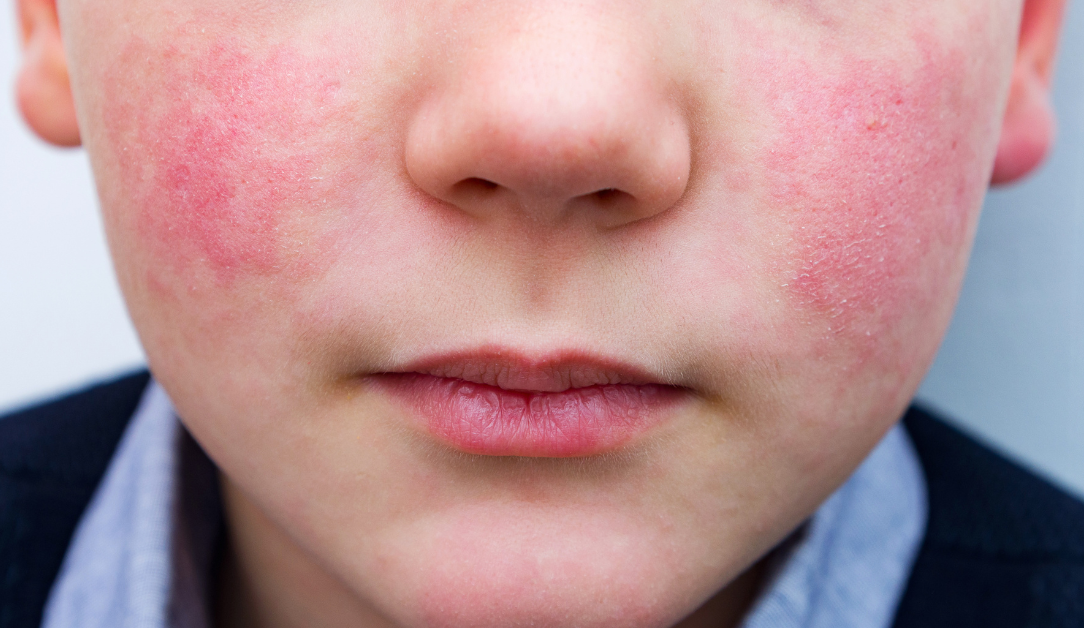



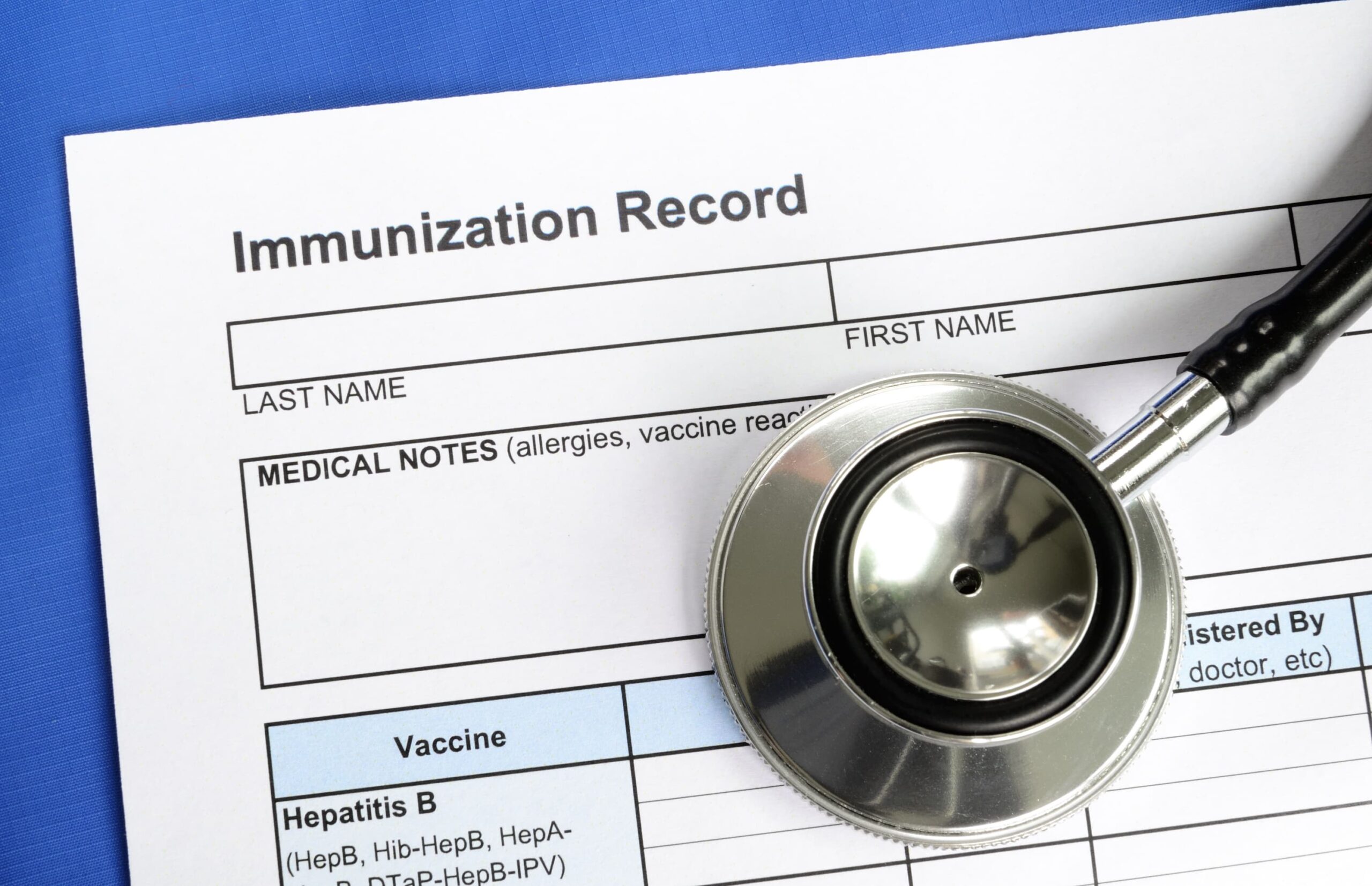
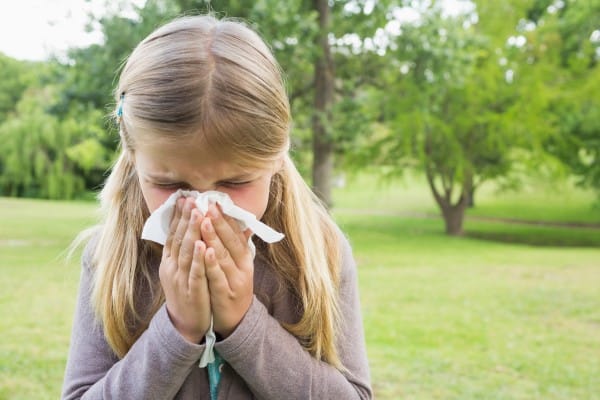
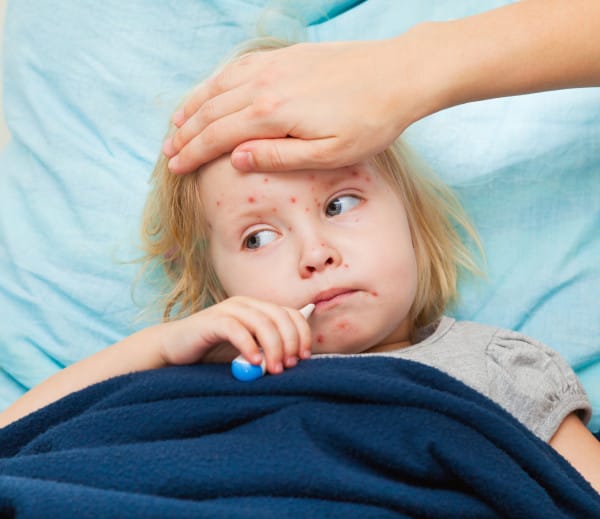
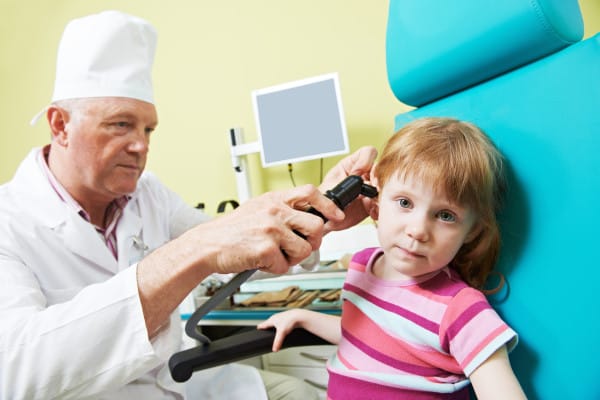
One Comment